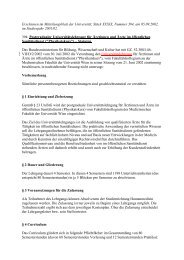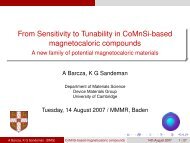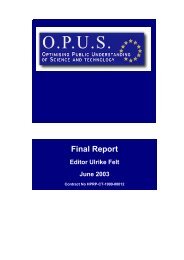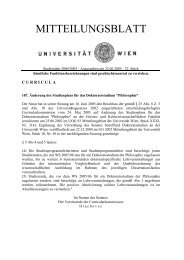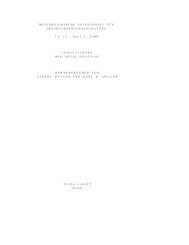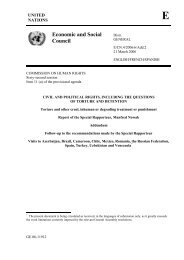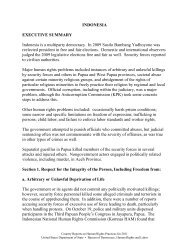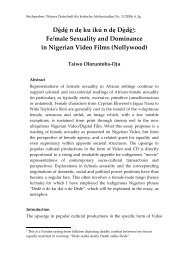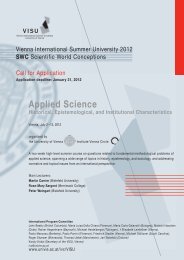(Stand: 25. Juli 2007) ANDERSON, Michael Alan ... - Universität Wien
(Stand: 25. Juli 2007) ANDERSON, Michael Alan ... - Universität Wien
(Stand: 25. Juli 2007) ANDERSON, Michael Alan ... - Universität Wien
You also want an ePaper? Increase the reach of your titles
YUMPU automatically turns print PDFs into web optimized ePapers that Google loves.
MEDIEVAL & RENAISSANCE MUSIC CONFERENCE <strong>2007</strong> – WIEN, 7.-11. AUGUST ABSTRACTS<br />
URQUHART, Peter (University of New Hampshire)<br />
The final cadence of Josquin’s motet Benedicta es and the fermata<br />
Samstag/Saturday, 11.8., 10.15 Uhr, MuWi, HS 1<br />
Despite its 16 th century reknown, and its familiarity today, there remain significant questions<br />
about the accidentals needed for performance of the motet Benedicta es, caelorum regina.<br />
The end of the motet in particular presents a puzzle, describable in modern terms as<br />
a minor dominant chord followed by the tonic. This interpretation seems quaintly different<br />
from our modern harmonic expectations, but it is also contrary to norms of the period<br />
regarding inflection of the cadence. Was the composer wrestling with the modal implications<br />
of his chant model, or did the practice of performers’s accidentals – the addition of<br />
musica ficta F#s – blanket the final ten measures of the motet? Modern editions seem split<br />
between these two possibilities, yet a more nuanced answer is possible for this cadence. A<br />
little-noticed feature links Benedicta es with a sizeable number of motets of the period,<br />
many of which appear to resist inflection as effectively as does Josquin’s motet.<br />
The backdrop to this issue is the well-trodden question about the inflection of cadences<br />
with performers’s musica ficta sharps, which affects the editing and performance<br />
of essentially every work of the period. Once cadential cross-relations are accepted (Apel,<br />
1981; Boorman, 1990; Urquhart, 1993), it is only the “fermata cadence“ endings like Benedicta<br />
es that stand in the way of the following general claim: all final cadences lacking propinquity<br />
with an articulated two-voice framework were meant to have been inflected by<br />
performers, and were written with that expectation in mind by composers. This paper will<br />
describe a new interpretation of works like Benedicta es, not as exceptions to the norms of<br />
counterpoint and tonality – and to our assumptions about performers’ accidentals – but as<br />
important and clarifying examples of cadence treatment. When combined with the results<br />
of a large-scale study of the final cadences of 1000 motets for five or more voices, this interpretation<br />
will close the book on cadential inflection in Franco-Flemish music c. 1500: we<br />
now know how it was done.<br />
� �<br />
VAN BENTHEM, Jaap (<strong>Universität</strong> Utrecht)<br />
Johannes Tourout’s Ordinarium settings: an approach to style<br />
Mittwoch/Wednesday, 8.8., 17.00 Uhr, KuGe, SR 3<br />
Two complete Masses for three voices and one setting for four voices have been transmitted<br />
under Tourout’s name. In the past decades at least five more Ordinarium-settings,<br />
among which a three-voice Mass transmitted under Johannes Ockeghem’s name, have<br />
been attributed to the composer. In trying to formulate tentative stylistics for further investigations,<br />
this contribution will deal with both groups of settings.<br />
� �<br />
- 74 -




